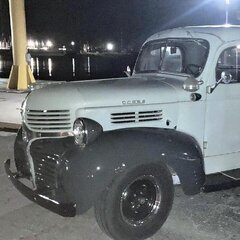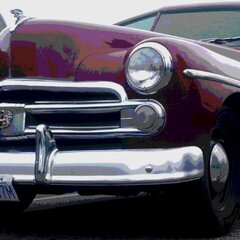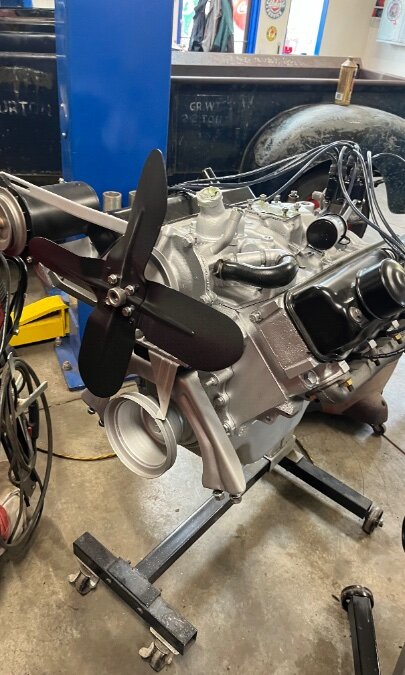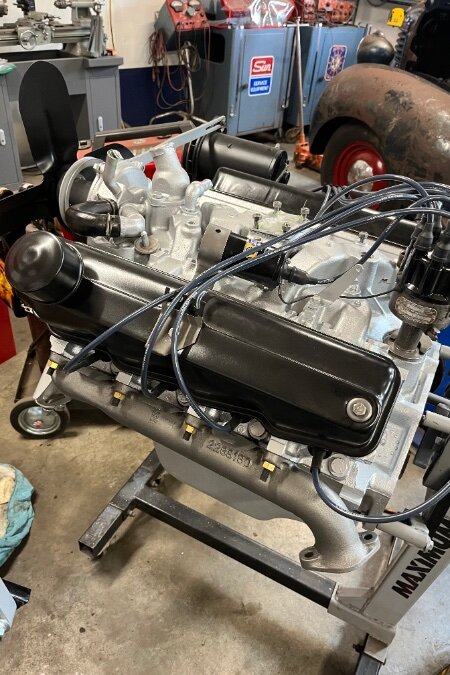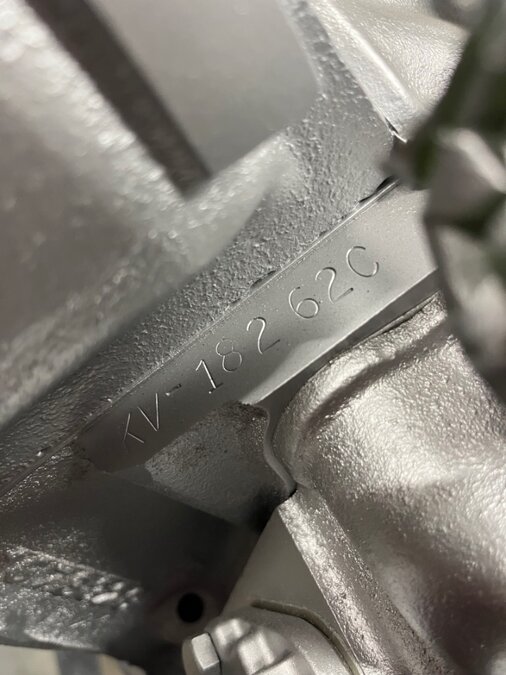-
Posts
198 -
Joined
-
Last visited
Reputation
9 NeutralAbout fireguyfire
- Birthday 05/06/1969
Profile Information
-
Gender
Male
-
Location
Alberta
-
Interests
Restoring old cars, trucks, gas pumps and coke machines
-
My Project Cars
58 Fargo Sweptside
70 D100
73 challenger
1940 dodge 1/2 ton
Converted
-
Location
Alberta, Canada
-
Interests
Outdoors
Contact Methods
-
Occupation
Firefighter
Recent Profile Visitors
1,020 profile views
-

1940 dodge 1/2 ton rear panel
fireguyfire replied to fireguyfire's topic in Mopar Flathead Truck Forum
Thanks for the education gents -
A related question; my box is 78” long. im going to make my own bed boards in my shop. How wide should they be, and how thick?
-
Yes, my truck is still in its factory paint and it is all blue. I read somewhere that trucks came in body colour body and black fenders and running boards as standard, and for an up charge you could get the entire truck painted in body colour, but I don’t know if that’s true. im assuming the wood and metal strips were painted a flat black, not any kind of gloss?
-
Thanks for the intel; very educational. my truck is a survivor with 65% of its original blue paint and I don’t want to have a fancy lacquered wood bed with stainless strips. If I go with painted black steel strips and painted black wood, that would fit the ethos of my survivor truck for sure.
-
fireguyfire started following 1940 dodge 1/2 ton rear panel and Box bed strips question
-
I’m curious how the steel box bed strips for between the wood planks came from the factory. were they painted black, or body colour? I know repop places sell stainless but I’m guessing stainless wasn’t an option in 1940. FYI my truck is a 1940 1/2 ton
-
Can someone please post up a photo or 2 of the panel that covers up the rear oak bed rail below the tailgate and goes from fender to fender where the rear bumper brackets are? That panel is missing on my 1940 1/2 ton and it looks like it needs a panel there to cover up that oak bed rear crossmember. cheers!
-
Yes, they are a mopar specialty engine shop that has been around for 70 years so they will definitely understand the can of worms they have opened that they will have to make right unfortunately I picked this engine up from them over a year ago and didn’t think to check the crank bolt pattern before I put it on an engine stand and covered it up while I restored the rest of the truck, so the other crank is long gone
-
I did read it and it was very informative
-
Howdy! I spoke with the owner of the engine shop, and he fully admitted that they have made a mistake and that they will fix it at their cost. He remembers my engine well and said there was another guy named Todd that had a 318 engine in at the same time as me and is sure that they used his crank in my engine. The crank has been ground and balanced etc for my engine, so he is thinking about how they can make my original 8 bolt flywheel fit my now 6 bolt flange. I also mentioned about the option of using a later 318 6 bolt flywheel, but then you have to swap the ring gear for the original 172 tool one. We are just starting down the road of how to fix this issue, and I will keep updating here what winds up being the solution.
-
So if indeed I have a later crankshaft, would the matching later flywheel interchange, meaning would the diameter , ring gear etc be the same? would the older pressure plate and clutch disc bolt up?
-
Correct, the flange is shorter
-
The engine is the factory engine, it’s a 313 v8. The Canadian engines were similar to the US dodge engines except the had a slightly longer block.


